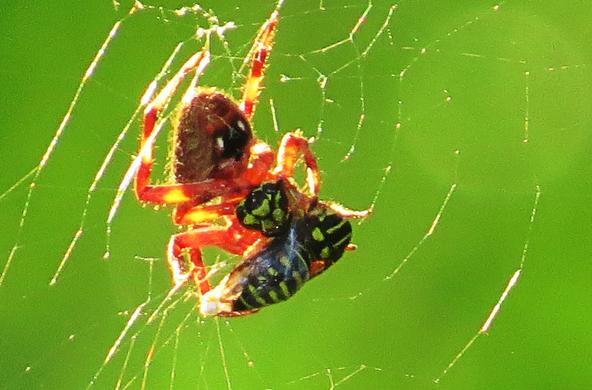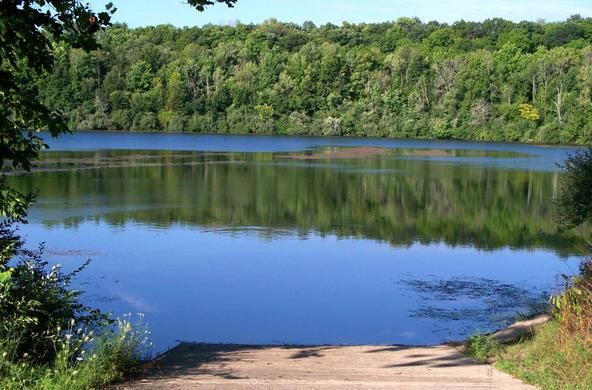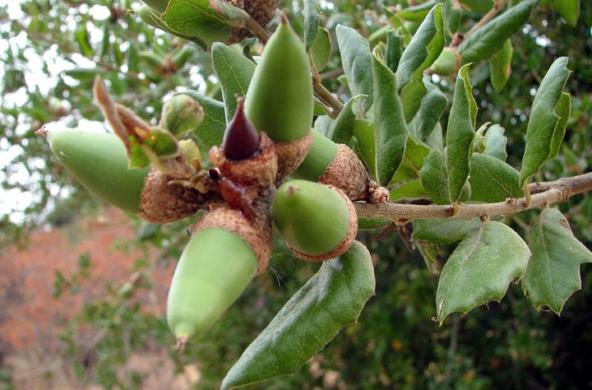Africa’s Serengeti-Mara ecosystem is home to one of the largest overland animal migrations in the world. Each year, more than a million wildebeest journey between Tanzania and Kenya in search of food and water. When attempting to cross the Kenyan reach of the Mara River, thousands drown. While this picture sounds bleak, a recent study by Cary Institute researchers reveals that what’s bad for the wildebeest is good for the Mara River ecosystem.
Globally, migratory herds like bison, quagga, and springbok are disappearing.The Mara River is one of the last places left on Earth to study how large animal migrations influence river health. Since 2010, Cary Institute scientist Emma Rosi has been working to understand how wildebeest move nutrients into the Mara River, and what this means for river life and water quality.
Drawing on five years of fieldwork and a decade of historical reports, Rosi and colleagues determined that some 6,200 wildebeest drown in the Mara annually. Rosi explains, “This is the equivalent of adding ten blue whale carcasses to the moderately-sized river each year. It’s a massive infusion of nutrients that feeds everything from scavengers and fish to algae.”
To trace the ecological fate of wildebeest carcasses, the team modeled consumption by fish and Nile crocodiles, scavenging by birds, nutrient uptake, and downstream transport. Camera traps were used to monitor scavengers, while stable isotope analyses revealed the percentage of wildebeest-derived nutrients in common fish and biofilm (a mix of bacteria, fungi, and algae).
Cary Postdoctoral Associate Amanda Subalusky was the lead author on a recent study published in the journal Proceedings of the National Academy of Sciences. She notes, “Mass drownings present a striking picture. Rotting animal flesh spikes the aquatic ecosystem with nutrients. Once carcasses disappear, bones feed the river for nearly a decade, acting as a long-term source of phosphorus.”
When wildebeest carcasses were present in the river, they comprised up to 50% of the diet of common fish. Marabou storks, white-backed vultures, Rüppell’s vultures, and hooded vultures were the most frequent scavengers, consuming up to 9% of soft tissues. Biofilms on wildebeest bones comprised up to 24% of the diet of three common fish species months after drowning events. Due to low metabolic rates, Nile crocodiles were estimated to eat just 2% of carcasses.
The team is currently exploring downstream impacts on water quality; the Mara River is the primary source of freshwater in the region. They are also committed to educating Kenyan land managers and ecologists. This August, they held a course on large river biogeochemistry with more than 20 participants from four universities in attendance.





